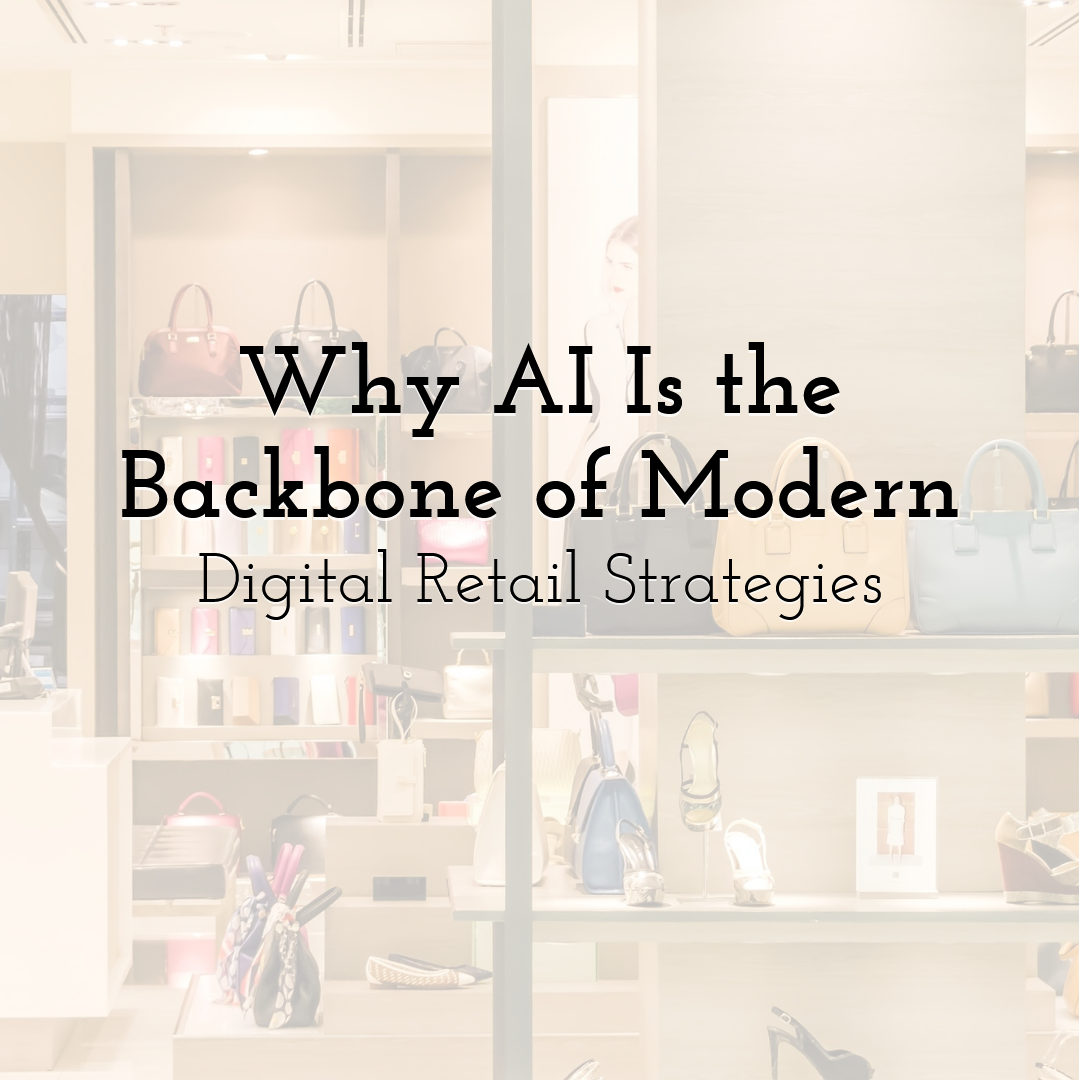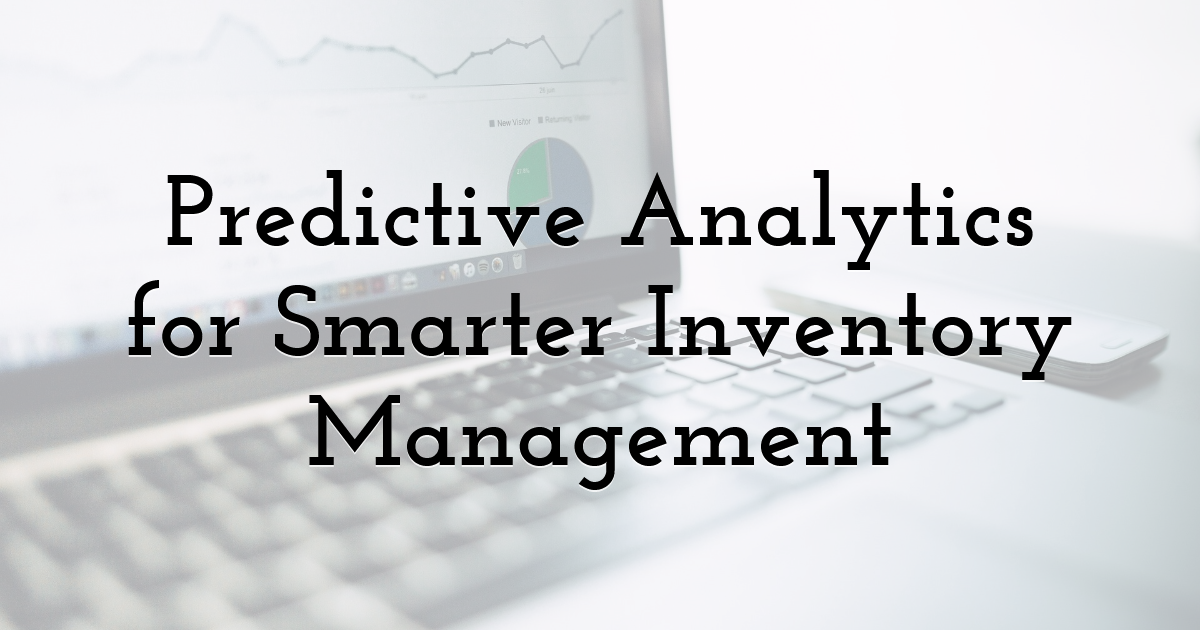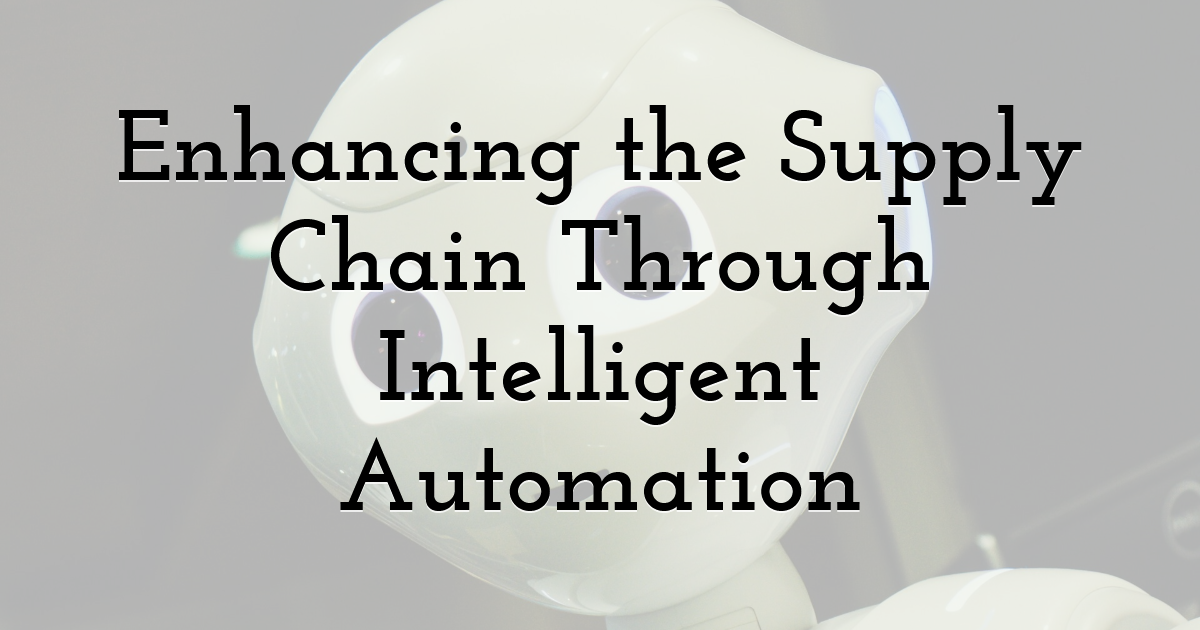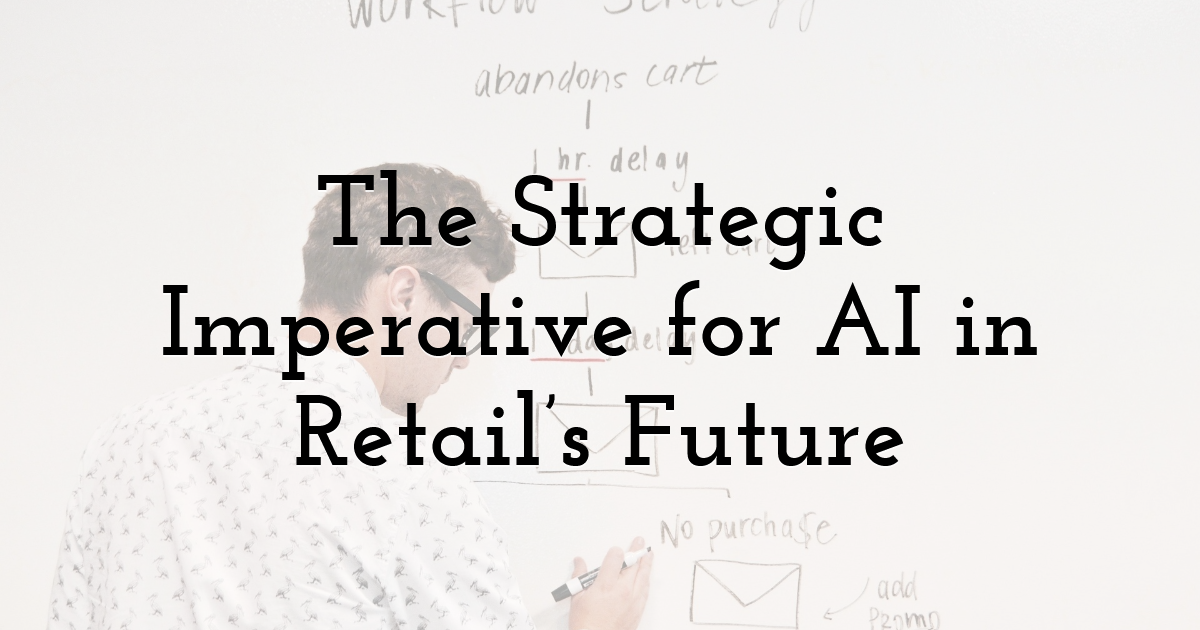Why AI Is the Backbone of Modern Digital Retail Strategies

The retail industry has experienced one of the most profound evolutions in its history over the past decade. The traditional approach, once dominated by static sales data, physical merchandising, and in-person customer interactions, has given way to a digitally driven marketplace where agility and precision are paramount. Consumers no longer simply visit stores or browse websites; they navigate a vast network of social media platforms, e-commerce sites, and mobile apps, often switching between them in seconds. This omnichannel behavior demands a retail model that can respond instantly to signals from every point of interaction. AI, with its ability to process and act on large data streams in real time, has emerged as the central technology making this possible.
This shift is not limited to e-commerce giants or tech-first brands; it has permeated every corner of the retail ecosystem. Small and mid-sized retailers are leveraging AI-driven tools to forecast trends, automate customer outreach, and optimize operations. By combining historical data with real-time consumer behavior insights, AI delivers a level of accuracy that traditional methods cannot match. This has fundamentally changed how merchandising strategies are designed and executed, making it possible to anticipate customer needs rather than simply react to them. The result is a retail environment where speed and personalization are not optional but expected, and where competitive advantage often depends on the sophistication of one’s AI systems.
What makes AI indispensable is its versatility across retail functions. It influences everything from marketing and supply chain management to in-store experience and product innovation. Instead of relying on outdated seasonal models, retailers can now adapt to micro-trends that might last only a few days. AI’s predictive capabilities also mitigate risks by identifying early warning signs of demand shifts or supply issues. This blend of foresight and responsiveness is redefining competitive strategy, positioning AI not just as a technological upgrade but as the core operating framework of modern retail.
AI-Driven Personalization and Customer Engagement

Personalization has become the defining characteristic of modern retail engagement, and AI is the force quietly shaping it behind the scenes. In a market overflowing with options, shoppers respond to experiences that feel as if they were designed specifically for them. Algorithms track not only what consumers purchase but also what they consider, linger over, and abandon. This layered understanding of behavior allows brands to deliver the right message or offer at precisely the right moment. It transforms marketing from a generic broadcast into something closer to a one-on-one conversation.
The real breakthrough lies in how AI enables more precise segmentation. Instead of targeting broad demographic groups, retailers can now identify micro-communities based on subtle behavioral patterns, location shifts, or signals of intent. Two shoppers who look identical on paper might receive entirely different offers based on these hidden cues. The outcome is more relevant communication, better conversion rates, and a stronger sense of brand connection. In this way, AI doesn’t just sell products, it builds relationships that feel personal and deliberate.
Bringing this precision into everyday retail operations often comes down to combining intelligent analytics with digital systems that work in the background. That can mean embedding AI into platforms that guide employees through workflows or provide customers with seamless, real-time assistance. Retailers advancing through AI-driven business transformation often pair these capabilities with innovations in digital retail frameworks, offered by companies like VisualSP. The result is a faster path from concept to execution, turning AI from a behind-the-scenes utility into a visible driver of customer experience.
Predictive Analytics for Smarter Inventory Management

Inventory management has always been a high-stakes balancing act, but AI has reshaped the game by introducing predictive analytics that reduce uncertainty. Retailers can now anticipate demand shifts not just seasonally, but daily or even hourly. These systems draw from a wide range of data points including past sales, promotional calendars, economic indicators, and external factors like weather forecasts. The result is a more precise alignment between stock levels and actual demand, significantly reducing both shortages and excess inventory. This predictive edge is invaluable in fast-moving categories where delays or miscalculations can quickly erode profit margins.
The adaptability of AI in inventory planning extends beyond basic forecasting. It can detect early signals of emerging trends by analyzing search data, social media chatter, and competitive activity. This allows retailers to react to viral product surges before the trend peaks, ensuring shelves are stocked while demand is still high. AI can also simulate the potential impact of promotions, enabling more informed decisions about how much stock to allocate without overcommitting resources. This level of foresight helps prevent the all-too-common problem of steep markdowns on unsold products, preserving both revenue and brand value.
For omnichannel retailers, predictive analytics provide a critical unifying force across physical and digital channels. Stock synchronization ensures customers get accurate availability information whether they are browsing online or in-store. This prevents the frustration of purchasing attempts that cannot be fulfilled and reduces costly logistical inefficiencies. By aligning supply with predicted demand in a granular way, AI transforms inventory management from a reactive task into a strategic asset that supports broader business objectives.
Enhancing the Supply Chain Through Intelligent Automation

Supply chains have always been complex, but in an era of globalized trade and fluctuating consumer expectations, the challenges are greater than ever. AI-powered automation is giving retailers a new level of visibility and responsiveness. Real-time tracking systems powered by AI can identify potential disruptions from port delays to severe weather before they cause serious problems. This proactive capability allows for faster contingency planning, minimizing both customer disappointment and financial losses.
Intelligent automation also enables more efficient logistics operations. AI can process variables such as shipping costs, traffic patterns, and delivery deadlines to identify the optimal route for every shipment. This not only cuts operational expenses but also helps retailers meet consumer expectations for fast, reliable delivery. As same-day and next-day shipping become standard, the ability to optimize routes in real time is no longer a luxury; it is a necessity.
Beyond transportation, AI fosters stronger supplier relationships by providing data transparency. When retailers and suppliers share the same predictive models and real-time data, they can make coordinated decisions that improve speed and reliability. This collaboration leads to shorter lead times, better stock availability, and an overall more resilient supply chain. By embedding AI into every stage of the process, retailers can turn the supply chain from a cost center into a competitive advantage.
AI-Powered Pricing Optimization

In today’s hypercompetitive retail environment, pricing is no longer a static decision it is a dynamic, data-driven process. AI-driven pricing models use real-time data to adjust prices based on demand, competitor activity, and even individual customer behavior. This allows retailers to maximize revenue opportunities without alienating customers. The science of dynamic pricing is especially powerful during high-demand periods or when responding to sudden market shifts, enabling brands to stay ahead of the competition.
Retailers that implement AI-powered pricing tools can experiment with multiple strategies simultaneously. For example, they might test different price points for the same product across regions, channels, or customer segments. The AI system continuously learns from the results, refining its approach to achieve optimal performance. This type of rapid iteration would be impossible to execute manually at the scale required in modern retail, making AI indispensable for pricing agility.
Personalized pricing adds another dimension to the equation. By leveraging predictive modeling, AI can identify which customers are more likely to respond to specific discounts or incentives. This prevents the costly mistake of applying blanket discounts that reduce margins unnecessarily. Instead, offers are targeted to the individuals most likely to convert, increasing sales efficiency and profitability in tandem.
Elevating Customer Service with AI

Customer service remains a cornerstone of brand perception, and AI is enabling new standards of responsiveness and quality. Chatbots equipped with natural language processing capabilities can manage routine inquiries instantly, freeing human agents to focus on more complex cases. This ensures customers receive timely assistance regardless of time zones or peak shopping hours. For brands with global customer bases, the 24/7 availability provided by AI is a game changer.
Emotion recognition technology is also enhancing AI-powered service by allowing systems to detect the tone and sentiment behind customer messages. This enables smarter routing of issues to the right representatives and ensures sensitive matters are handled with appropriate urgency and empathy. Combined with automation, this creates a hybrid service model where AI efficiency is complemented by human understanding.
Proactive customer service is another key advancement made possible by AI. Predictive analytics can identify potential problems, such as delayed shipments or recurring product issues, before they affect the customer. Automated alerts and resolution options can then be offered in advance, turning potential disappointments into opportunities for positive engagement. This kind of foresight not only solves problems but also builds long-term trust.
The Strategic Imperative for AI in Retail’s Future

AI is no longer an optional enhancement in retail; it is a strategic necessity. The speed at which consumer preferences and market conditions shift requires a level of agility that only AI can provide. Retailers who rely solely on traditional methods will find themselves unable to keep pace with competitors who can adapt in real time. As a result, AI has become the foundation for maintaining both relevance and competitiveness in a crowded marketplace.
The future of retail will be shaped by the integration of AI with human creativity. While algorithms will handle the heavy lifting of data processing, forecasting, and automation, human teams will focus on strategic decision-making, brand storytelling, and innovation. This partnership between machine intelligence and human vision will define the most successful retail strategies of the coming years.
Ultimately, the integration of AI is about more than efficiency and profitability. It is about creating retail experiences that are personalized, predictive, and closely connected to consumer needs. As AI capabilities continue to expand, their role in shaping the next era of retail will only grow stronger, making them the undisputed backbone of modern digital retail strategies.
Until next time, Be creative! - Pix'sTory
Recommended posts
-

Corporate Identity As a Form Of Advertising and Marketing
Read More › -

User Friendly Video Editing Software
Read More › -

4 Benefits of Video in Your Digital Marketing Strategy
Read More › -

3 Ways To Monetize A Faceless TikTok Channel In 2026
Read More › -

Repurpose Content to Make the Best of Instagram and Email Marketing
Read More › -

How Small Ideas Make a Difference
Read More ›
